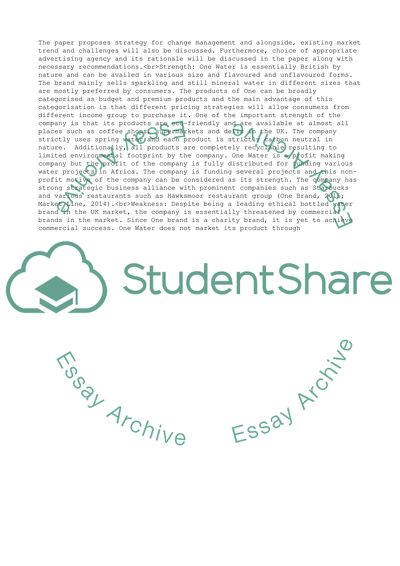Cite this document
(Branding Assignment Example | Topics and Well Written Essays - 2500 words, n.d.)
Branding Assignment Example | Topics and Well Written Essays - 2500 words. https://studentshare.org/management/1871654-branding
Branding Assignment Example | Topics and Well Written Essays - 2500 words. https://studentshare.org/management/1871654-branding
(Branding Assignment Example | Topics and Well Written Essays - 2500 Words)
Branding Assignment Example | Topics and Well Written Essays - 2500 Words. https://studentshare.org/management/1871654-branding.
Branding Assignment Example | Topics and Well Written Essays - 2500 Words. https://studentshare.org/management/1871654-branding.
“Branding Assignment Example | Topics and Well Written Essays - 2500 Words”. https://studentshare.org/management/1871654-branding.


